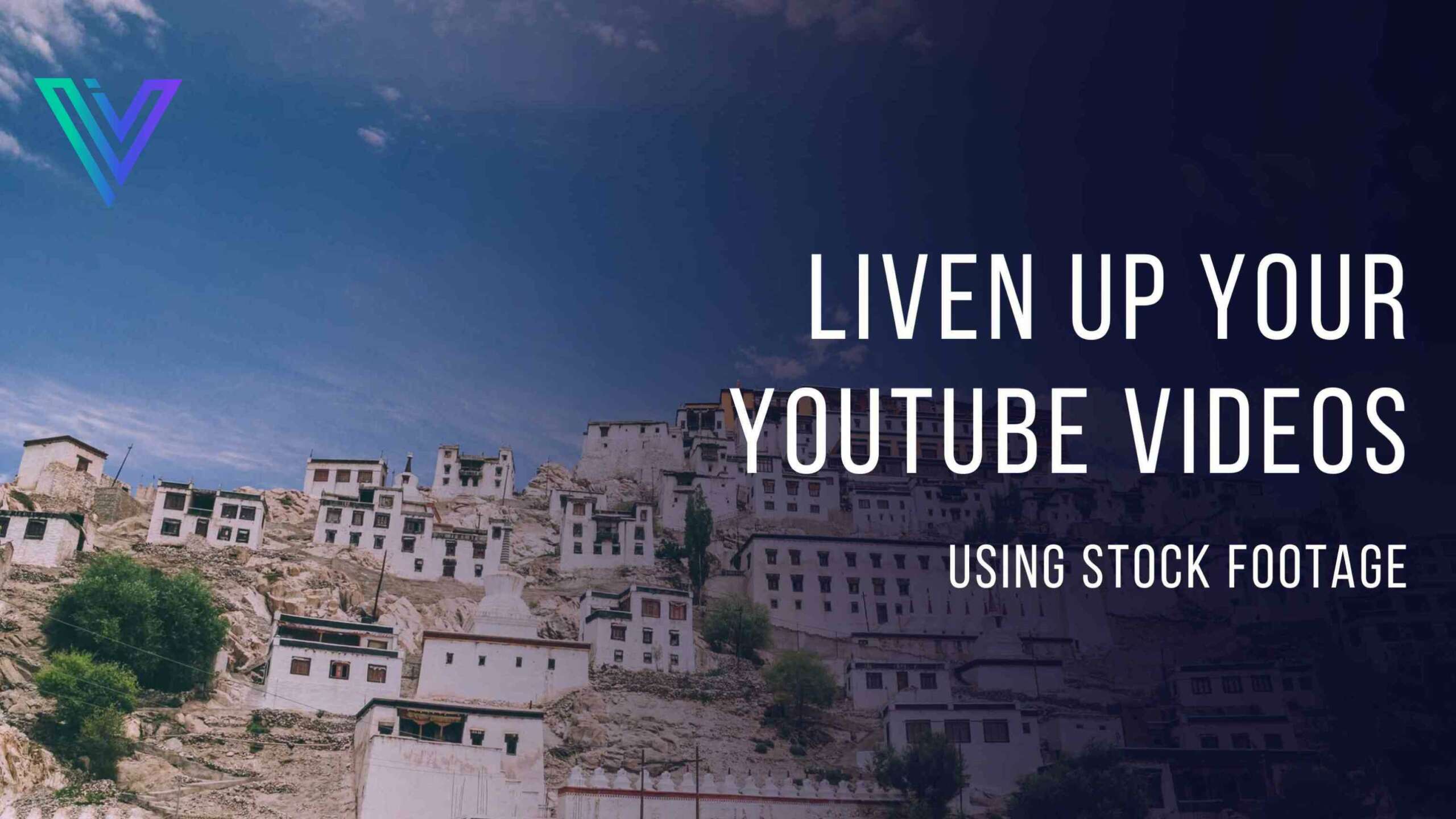Stock footage is basically short video clips of different scenes like places, people, animals, and experiences. These videos are archive videos shot by other videographers to serve multiple purposes, and play a role in as many videos as possible. Stock videos
save time, money and the effort of going out and filming everything yourself.Stock videos have been used in a large number of YouTube videos, advertisements, documentaries and even some of your favorite movies. Some popular YouTube channels making extensive use of stock footage to make their videos visually appealing are
Wendover Productions and
The B1M.Some video creators will put in a lot of effort to flawlessly embed stock videos into their story. When used well, stock videos are very helpful in delivering better stories and visuals. They help you clarify your point, narrate your story better and fill in any gaps you might have.One huge benefit of stock footage is that it’s royalty-free. On IndieVisual, once you buy the credits and download the videos, you don’t have to worry about copyright issues ever – you’re buying a license to use the footage in your videos. If you want to monetize your videos on YouTube, you won’t face any copyright issues.The number one reason why so many people and companies are choosing stock videos is due to the hassle and cost of hiring actors and a crew and having to go on location and record everything. Moreover, stock footage on IndieVisual is catered to be affordable and accessible by all.For example: If you’re shooting a new-age story or video about Hyderabad, but you live in Mumbai, you could use stock footage like this from our site:In case you’ve never used stock footage in your web videos or YouTube videos, or you’d like to get more tips on how to use it, here are some tips to help you out:
- Missed-out shots or Mid-project ideas
You may have gone to a place and recorded some videos for your YouTube channel – but might have missed out on certain shots which you didn’t realize while shooting, but you do while editing. To make your video smooth and to provide more scenes of the place you visited, you can insert stock videos of the place to fill the gaps.You may also have an idea while editing about a shot you could have taken earlier. To avoid the complete hassle of going back and re-shooting, one of the best ways to fill the gap is to use the stock videos.For example: You went to a waterfall to take some shots but realized that a close-up shot of the waterfall might work better. Look for close-up videos of waterfalls on the site if you don’t find the shots of the exact location. Enter keywords like “waterfall”, “water”, “close up”.
Many Youtubers use stock videos as transitions in the video to take the audience from one scene to another.For example, if you’re making a tutorial video, maybe you want to put text on the screen when mentioning each point. You can use a video related to your topic to put your text on and then transition to the next scene.Doing so, not only lets your viewers focus on the point you’re trying to make, but also makes the transition from one point to another smooth.
Stock videos are also added to get your viewers more interested. If you’ve made a video where you’re talking one-on-one, without any cuts or transitions, stock videos can be a great way to add more clips related to your topic, since it will retain the interest of your audience and even help better visualize what you’re discussing.It’s necessary to maintain an interesting sequence in a video due to the reduced attention span amongst maximum viewers. The reason why people are coming to watch a video about a topic instead of reading articles is that they’re relying more on what they see.It can also be a great educational tool, as seeing makes understanding of a topic easier and more long-lasting.
If you’re a non-filmmaker or you aren’t a fan of shooting videos but you have some great ideas that you’d like to express with the help of videos, you can easily download stock footage from IndieVisual and get going. Here are the steps to make your first video with the help of IndieVisual’s stock footage.
- Gather your ideas
- Write a script
- Make a list of all the shots you need to make it into a video
- Record the voice over first, since it will give you a time frame of your video
- Search and download the videos that you’ll need
- Edit them to place your voice over and stock videos in sync.
You could even add some on-screen text and do basic editing like color correction, blend videos according to your timeline, add music and implement other creative ideas.
- No access to your shoot location
Sometimes while making a video, accessibility could be a problem. You might have a great vision, but you might not have access to a site you want to use footage of. Stock videos help you access clips of places you can’t get to.For example, if you have an editorial channel where you discuss trending topics and current affairs such as covid-19, you might be able to find stock footage of vaccines, hospital beds, doctors, nurses, medicines, and similar videos related to the topic. You can easily get the credit packs, download clips, and use them royalty-free in your videos.While royalty-free stock footages are typically quite expensive, at IndieVisual we’ve got some incredibly affordable pricing. In case you’re in a dilemma about whether stock videos are worth investing in, think of the amount of time, money and work it’s saving you.Plus, good quality videos mean a better return on investment!Here are a couple of great videos to add to this discussion:
How to use Stock Footage to Enhance your VideosHow to seamlessly use stock footage in your project





